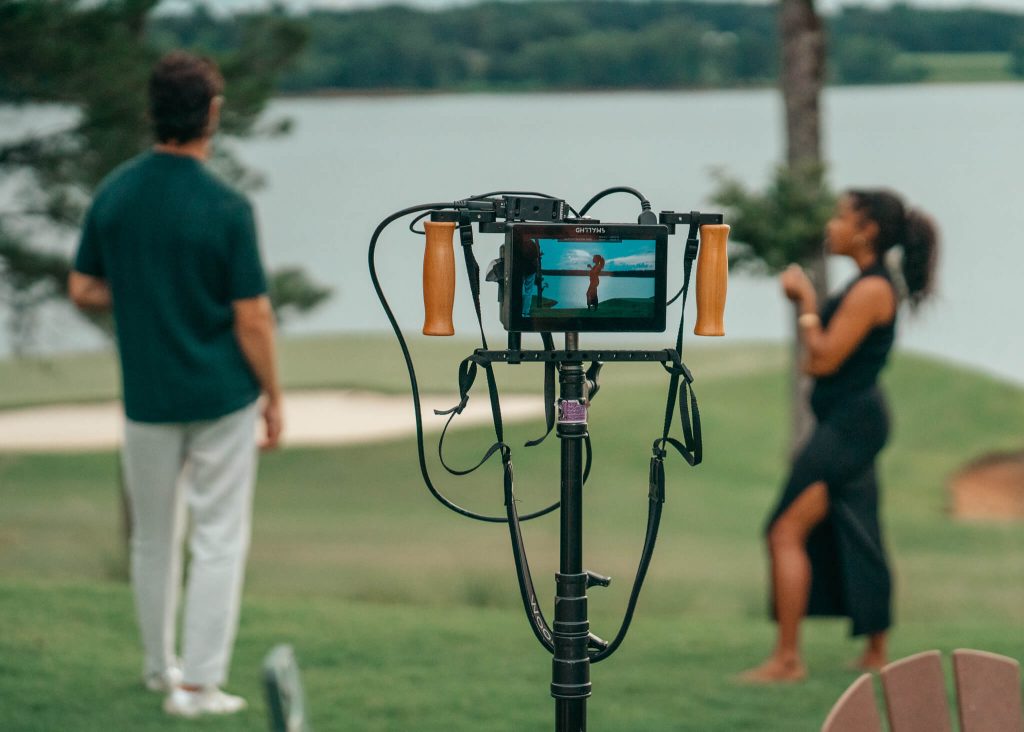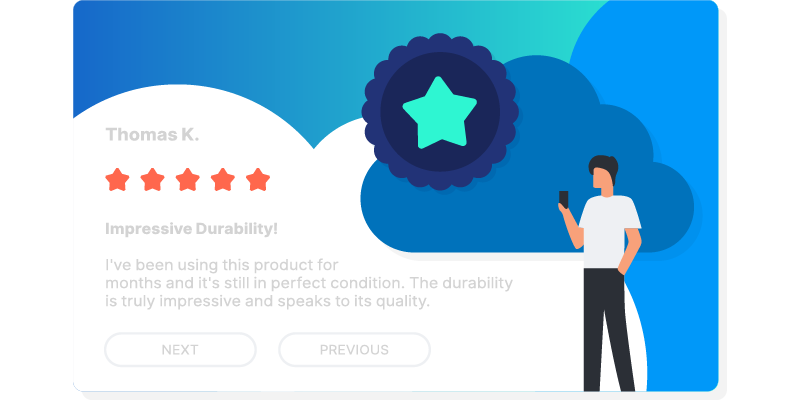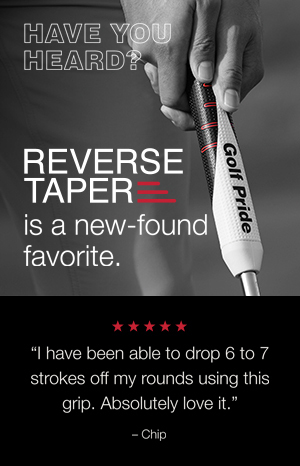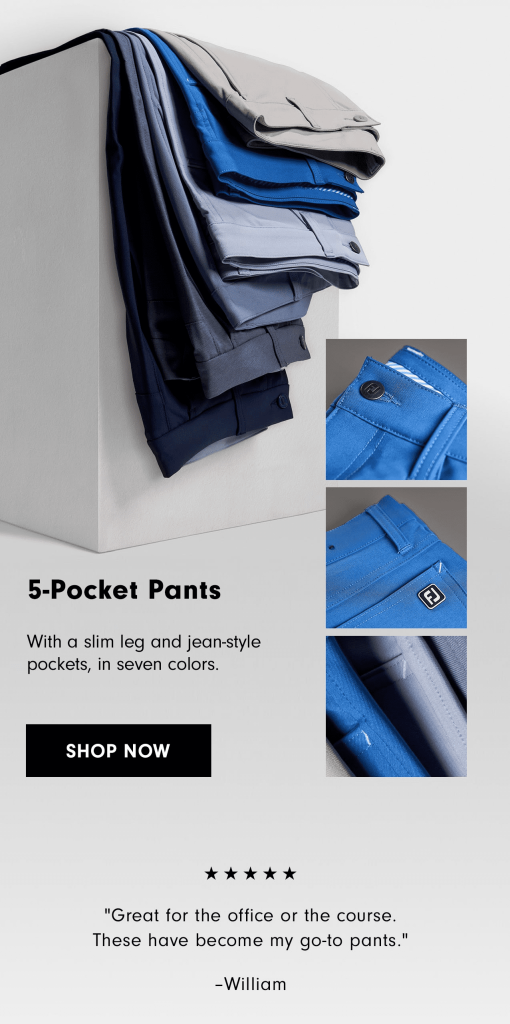Your website isn’t just an advertising platform—it’s a dynamic extension of your business. It plays a critical role in shaping your reputation, driving qualified leads and fueling sustainable growth. When built and optimized strategically, your website should be one of your most valuable business assets.
Owning your website’s full user experience is like holding the master key to your digital growth engine. It opens up ongoing opportunities to fine-tune for conversions, grow lasting organic equity, and turn your platform into a performance machine. We don’t just build websites—we engineer future-ready platforms designed to scale with your business. Keep reading to explore what’s possible when your site is built with purpose, and see how our strategic approach helps clients unlock long-term results.
Is Your Website Costing You Conversions?
Imagine your sink is clogged and you call a local plumber. The support agent is friendly with you over the phone, but their answers are vague and disorganized.
Would you still trust this company? Chances are, you wouldn’t. Even though they treated you with respect, they didn’t provide all of the answers you needed.
Small disconnects like this can be the difference between a lead and a customer—between cost and revenue—especially in a crowded online marketplace.
Optimized websites help eliminate that disconnect. Poorly-optimized sites have the opposite effect, and often create friction for users in the following ways:
- Vague calls-to-action might leave users wondering what they need to do to make an appointment or request a callback.
- A site that doesn’t display well on mobile devices might easily make visitors turn to your competitors to supply the information they seek.
- Poorly designed forms can confuse readers and make them wonder if their inquiries will receive an answer.
Letting your site languish in situations like these may ultimately cost you conversions. That’s why we can’t understate the importance of continual, strategic investment in your site as a cornerstone of your strategy.
Fundamentals of a Successful Website
It’s easy to create a solid business website using DIY templates and pre-made themes. But good isn’t good enough to compete in today’s digital landscape. In order to achieve lasting success you need a great website, and all great websites start with a few basic tenets:
- Mobile Responsiveness: A fully-responsive website that works flawlessly on every screen is critical now as mobile traffic continues to grow.
- Intuitive Navigation: A logical menu structure with an accessible sitemap and practical navigational cues helps users and search engines find what they need.
- Compelling Content: High-quality, keyword-rich content makes your website more engaging for users and more discoverable in Google.
- Seamless UX & Branding: A clean user experience with consistent branding and appealing visuals keeps visitors engaged and primes them to act.
- Streamlined Conversion Process: Clear, friction-free conversion paths make it easy for users to submit a form or complete a purchase on your website.
The Advantages of Site Optimization
A well-optimized website comes with powerful competitive advantages for your business, including:
- Cost-Effective Marketing – A website is a long-term asset that continuously generates leads at a lower cost than other advertising platforms.
- 24/7 Accessibility & Convenience – Your website is always available, allowing customers to easily find the most up-to-date and accurate information, book services or contact you anytime without needing to call.
- Credibility & Trust – A professional website makes your business look legitimate and more trustworthy.
- Strong Search Engine Performance – With proper search engine optimization (SEO), you can help your site stand out among the competition in a crowded digital environment.
- Local Visibility – SEO helps people in your area find your business when searching for services you offer.
- Competitive Advantage – A well-designed website sets you apart from competitors, making it easier for customers to choose your business over others.
These benefits give you critical opportunities to increase conversion rates and turn prospects into loyal customers. However—given the rapidly evolving nature of the digital landscape—your site must have the ability to evolve. That’s where TriMark comes in.
The TriMark Approach: Websites That Scale…and Last
Site optimization lets you create a digital environment that empowers conversions, ranks highly in search results, drives visibility and builds audience trust. TriMark’s approach to this process gives your site a new level of versatility, creating the ideal conditions to drive success.
User-Friendly, Growth-Focused Proprietary Frameworks
Your business needs a site that will adapt to its ever-evolving goals. That’s why we design each site element for both scalability and ease of management. Whether you want to optimize conversions or launch campaign-specific pages, our frameworks make implementing these changes simple for even the non-technical user. In short, we make managing your site—editing content, adding new pages, uploading media, etc.—effortless. And while we prioritize ease of use, we never compromise on quality, ensuring your site meets the highest standards for performance, design and functionality.
Designs for Today and Tomorrow
Giving your site a facelift shouldn’t mean you have to start from scratch (or incur high redesign costs). Our sites are built on a strong, lasting foundation using timeless best practices, making them easy to update on the front end while preserving back-end integrity and functionality. As your needs evolve, you can easily reconfigure your site without having to go back to the drawing board or disrupt the existing frameworks. This adaptability can prove instrumental in helping you optimize performance without excessive time or financial investments.
Ongoing Development
Launching or re-launching a site is never a finish line goal. Rather, your site must evolve as a living asset within the digital ecosystem. It has to grow, adapt and stay aligned with your business’s changing needs, thus ensuring it will continue to offer an engaging user experience that promotes conversions. From refining content and forms to updating SEO, plug-ins and graphics, we provide ongoing site optimization designed to keep your site performing at its best.
Unlock Lasting Digital Growth With Our Proven Website Formula
TriMark doesn’t just build sites—we build conversion engines designed to deliver real growth. No matter your goal, we’ll create an online space that will work as hard as you do, ensuring that your customers get perfect experiences that earn you their trust. Get in touch with us today to get things moving!














